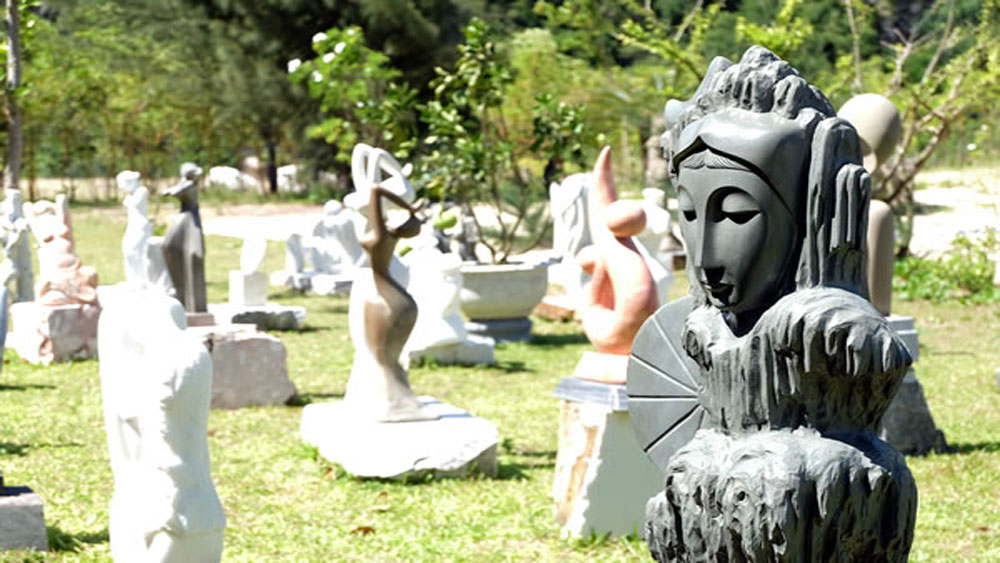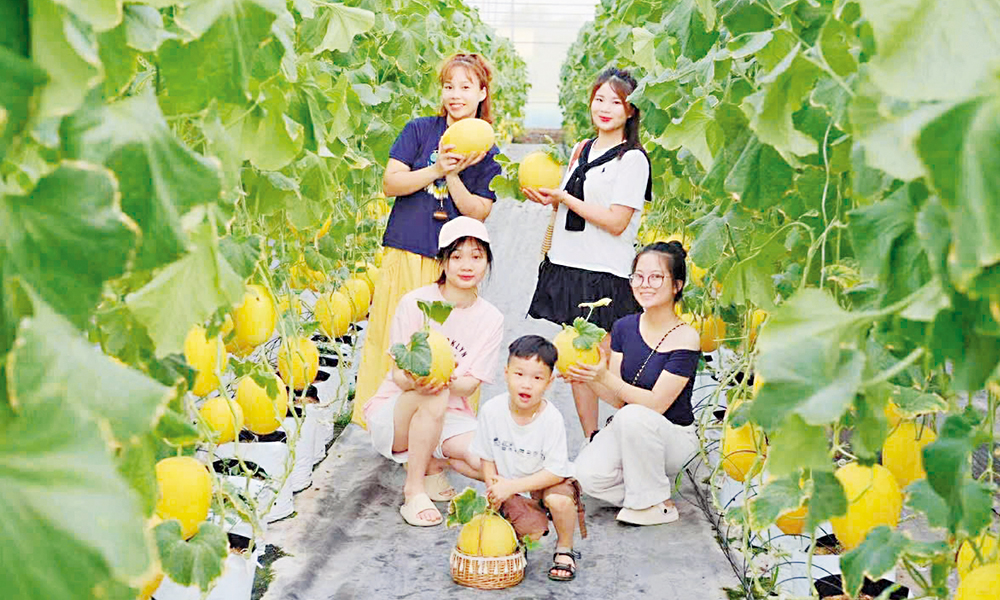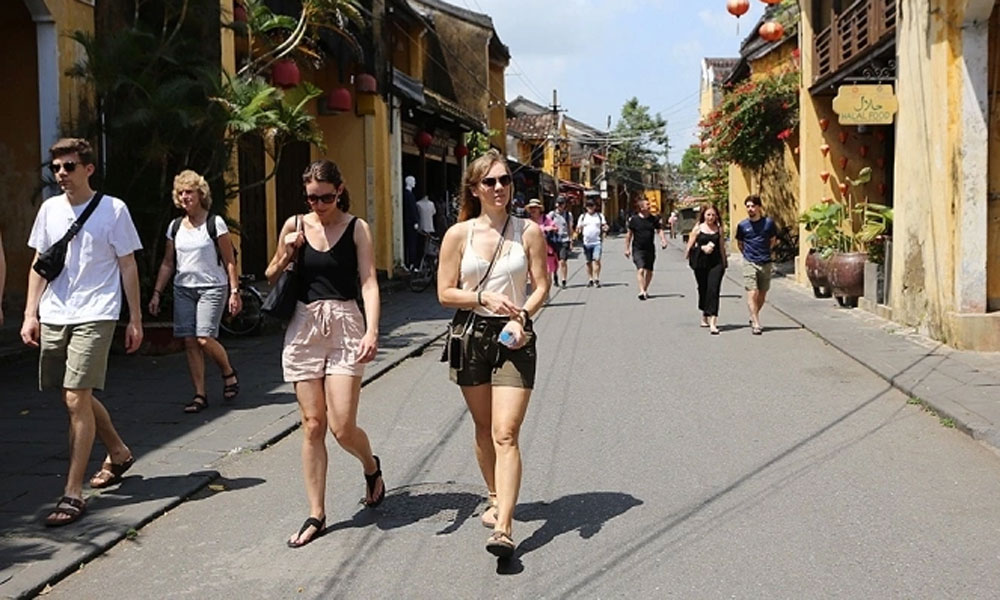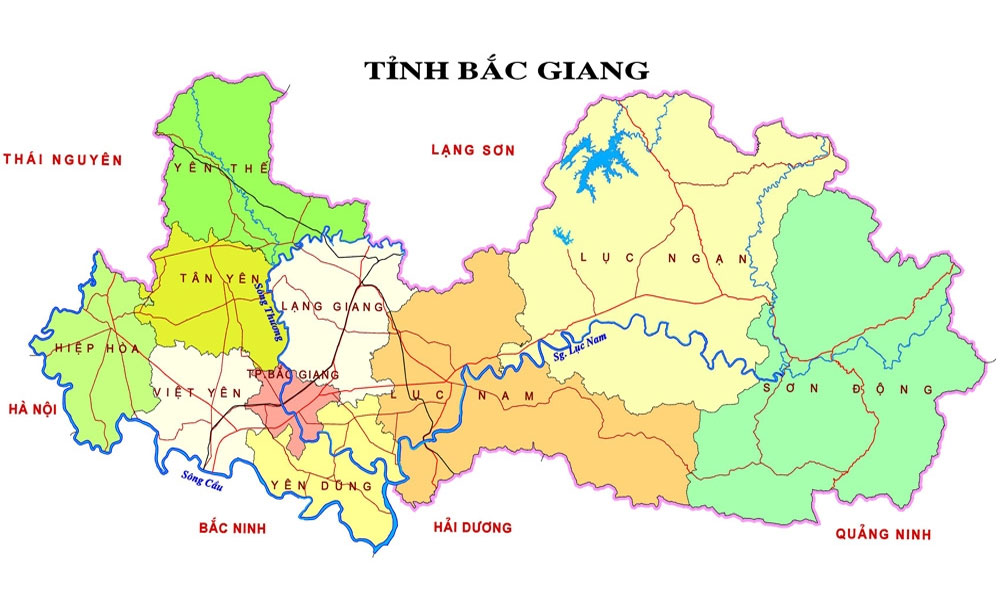Da Nang: Non Nuoc stone carving village to be expanded
The village will be built on 68,160 square metres in Hoa Hai ward, Ngu Hanh Son district, with all stone carving establishments having comprehensive infrastructure and meeting production safety standards.
 |
|
At the Non Nuoc stone carving village. |
In long term, if the establishments ask for more land for production, local authorities will draw a master plan to move their production to industrial parks or industrial complexes to protect the environment.
The village’s management board was asked to work with competent authorities to arrange local establishments in the village.
Apart from its stunning beaches and breathtaking landscapes, Da Nang boasts the unique craft village to the south of the city. Situated at the foot of the Marble Mountains in Ngu Hanh Son District’s Hoa Hai Ward, this craft village has a proud history covering more than 200 years.
The founder of the village was craftsman Huynh Ba Quat from Thanh Hoa province. In the late 18th century, he and many others from his hometown brought their families to this village.
There is a place of worship in the village dedicated to its founding ancestors and villagers hold a special ceremony on the 6th day of the 1st lunar month every year to honour their ancestors.
Initially, the village’s craft products were made to serve the daily lives of locals, and included such items as rice mortars, grain grinders and tombstones. Most recently, its product range has expanded and they are now among the city’s highest value exports.
To maintain and develop their occupation, Non Nuoc carvers are deeply aware of preserving their relic site and protecting their traditional skills. The stone they use is now sourced from the northern region, not from Da Nang as in the past, and precious stones are even imported from other countries.
Stone carving was based on the experience and skills passed down from generation to generation, but there are now professional training courses. There are more than 300 carving businesses in the village employing thousands of workhands.
The village, which was promoted as an intangible heritage in 2014, enjoyed more cultural value when the Marble Mountains were recognised as a National Special Heritage in 2018.
 |
|
The village is promoted as an intangible heritage in 2014. |
It is a popular destination in Da Nang city, with nearly 2 million tourists in 2018, accounting for 27 percent of total arrivals to the city.
Vice Chairman of the Ngu Hanh Son district’s People’s Committee Huynh Cu said the district had allocated a 35-hectare area as a centre for stone sculpture and shopping in the master plan in 2025. The centre will include stone workshops and a work space, and the area is hoped to become a significant attraction on the Da Nang-Hoi An route.
According to chief of Non Nuoc village Nguyen Viet Vinh, the craft faces tough competition from mass-produced souvenirs. Despite the disadvantages, the village with more than 500 shops still generates 200 billion VND (8.61 million USD) in revenue per year.
Source: VNA
 Bắc Ninh
Bắc Ninh















Reader's comments (0)